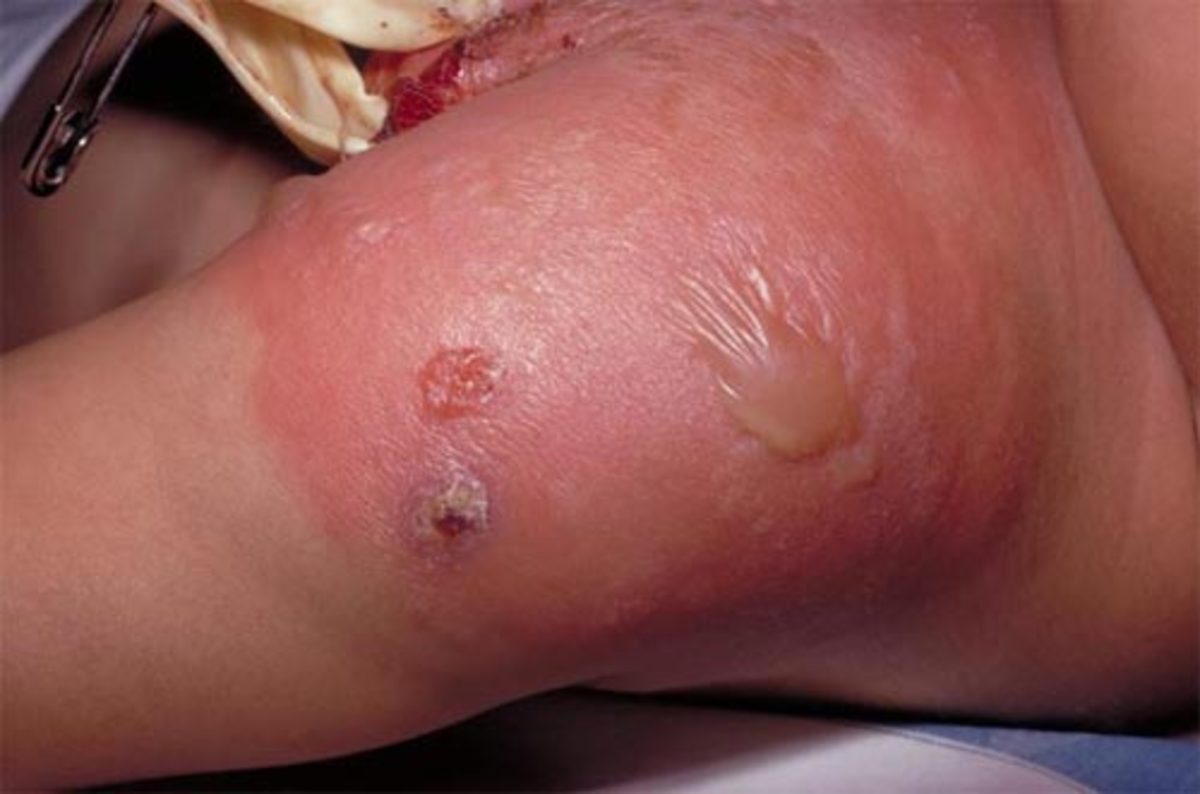Do you wet your shoes when you pee
Benign Prostatic Hyperplasia, symptoms and treatment
Benign Prostatic Hyperplasia
Definition: Benign prostatic hyperplasia is a non-cancerous enlargement of the prostate gland. This is caused by changes in hormone balance and age-related degeneration of prostatic tissue. It occurs commonly in older men. It is also known as benign prostatic hypertrophy. As the prostate enlarges, which happens to almost all men from the age of forty onwards, it can compress urethra (the penile passage that empties urine from the bladder) and cause problems with urination. Black men appear to have the highest incidence of symptoms, followed by White men, and Asian men appear to have the lowest incidence of symptoms. Symptoms: Benign Prostatic Hyperplasia is a significant contributor to reduced quality of life in older men. The enlargement of the prostate causes an increased resistance to urine flow through the urethra. The symptoms attributed to BPH usually increase in severity over time and include: Difficulty to initiate voiding A hesitant and /or weak stream Dribbling at the end of urination Urge incontinence Sensation of incomplete bladder emptying, even after voiding Increased urge to urinate during the day Frequent urination at night (Nocturia) If left untreated, Benign Prostatic Hyperplasia can progress to cause complications including urinary tract infection, acute or chronic urinary retention, bladder stones and urinary incontinence.
Assessment:
Even though Benign Prostatic Hyperplasia is the commonest cause of the above listed symptoms in elderly men, other causes of these symptoms have to be excluded, especially when haematuria (blood in the urine) is present. These conditions include prostatitis, prostate cancer, bladder stones, bladder cancer, overactive bladder, nocturia associated with diabetes mellitus, polyuria (large amount of urine production) associated with diabetes insipidus, etc. The rarer and more serious conditions are excluded by urine tests, blood tests (e.g. PSA to exclude prostatic cancer), imaging of prostate and urinary tract (including ultrasound scanning and contrast X rays called intra-venous urograms)and even endoscopy of the lower urinary tract (called cystoscopy). These investigations are generally undertaken in the younger patient (below the age of fifty) and in patients with atypical symptoms. In patients with typical age and symptoms, they are frequently used only sparingly. These tests cannot replace the clinical assessment of an experienced urologist in cases with doubt.
Treatment:
1. Medication Finasteride : Inhibits production of the hormone DHT, which stimulates prostate enlargement. (In a proportion of patients, finasteride has been demonstrated to reduce the size of the prostate.) Alpha-blockers (terazosin, doxazosin, etc): Relax the smooth muscle of the prostate and bladder neck, reduce bladder outlet resistance and hence improve urine flow. Saw Palmetto extract: This is a plant extract found to have beneficial effect to prostatic symptoms and natural progression of Benign Prostatic Hyperplasia. The pharmacology is not fully understood but clinical efficacy has been established. 2. Minimally Invasive Interventions Transurethral Microwave Thermotherapy (TUMT): Uses microwaves to shrink excess prostate tissue. Transurethral Needle Ablation (TUNA): Uses radio frequency energy to remove portions of the enlarged prostate. Transurethral Laser Therapy: Uses laser energy to remove or vaporize prostate tissue. Balloon Dilation: Uses an expandable balloon to widen the segment of urethra compressed by the prostate. Prostatic Stent: metallic device with memory to retain its shape can be placed in the compressed prostatic urethra to maintain a lumen in patients unfit for surgery. 3. Surgery, generally used when medications have failed or when minimally invasive interventions are not available, or inappropriate to the patient involved. Transurethral Surgical Resection of the Prostate (TURP): An endoscope is inserted through the urethra to remove the enlarged portion of the prostate with electro-coagulation energy. Transurethral Vaporization of Prostate: This is similar to TURP, except that a special vaporizing electrode is used. The higher energy used vaporizes the prostatic tissue and is generally associated with less bleeding. Open Surgery: Removal of the enlarged portion of the prostate through an incision, usually in the lower abdominal area ( this procedure is largely replaced by TURP).
Dr Benson Yeung's related hubs:
What You Must Know About Saw Palmetto as a Herbal Treatment for Prostate Disease
Do you wet your shoes when you pee









